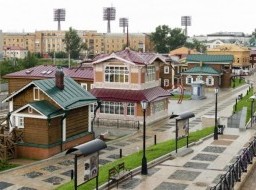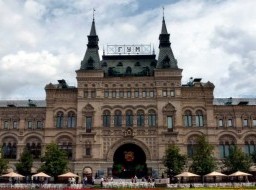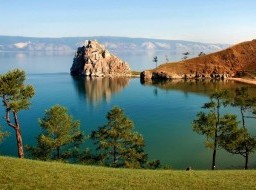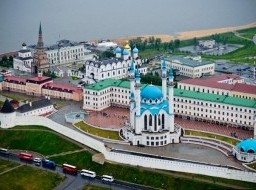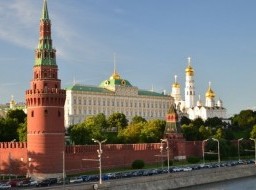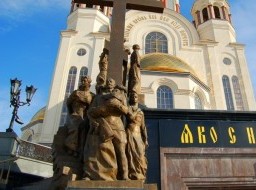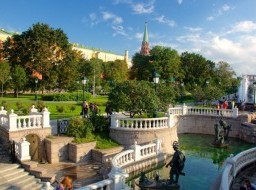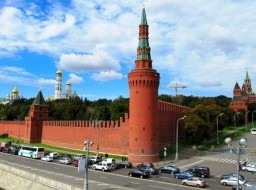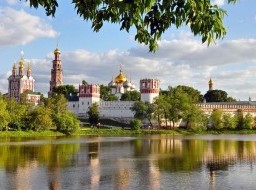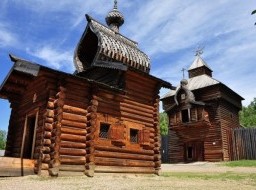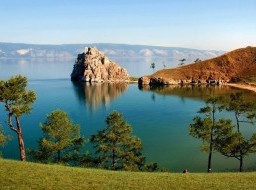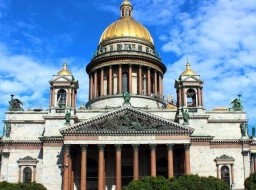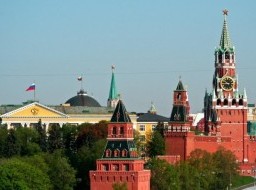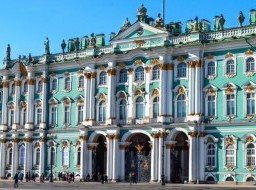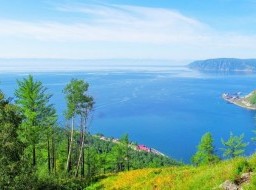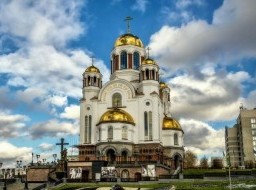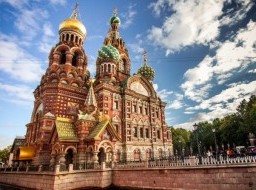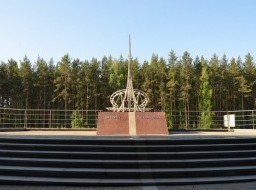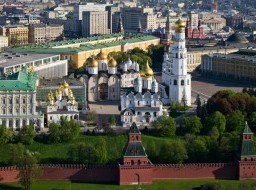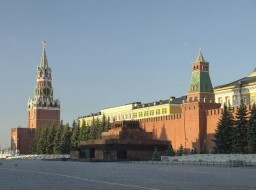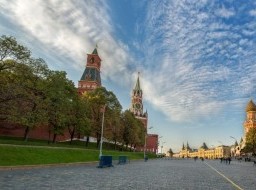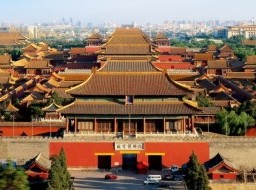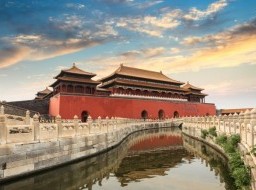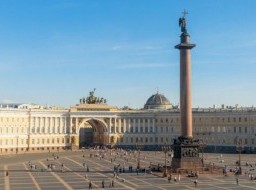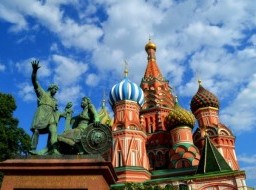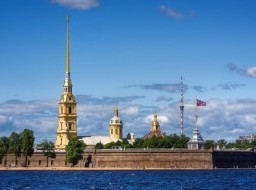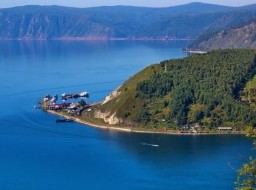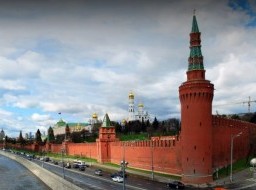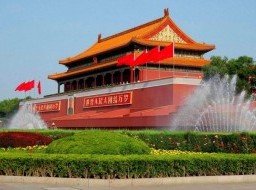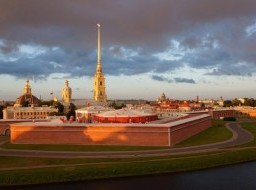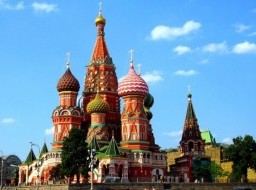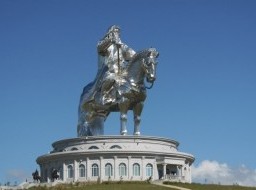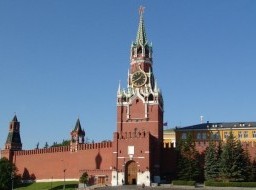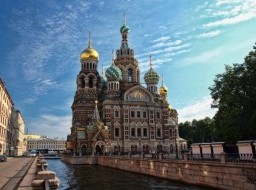Tiananmen Square
Tiananmen Square, Chinese (Pinyin) Tiananmen Guangchang or (Wade-Giles romanization) T’ien-an Men Kuang-ch’ang, open square in the centre of Beijing, China, one of the largest public squares in the world. Tiananmen Square was originally designed and built in 1651. It was enlarged to four times its original size and cemented over in 1958. It covers an area of 100 acres (40.5 hectares), and each flagstone is numbered for ease in assembly of parades. The square derives its name from the massive stone Tiananmen (“Gate of Heavenly Peace”; first constructed in 1417)—once the main gate to the Forbidden City—situated at its northern end. On a two-tiered marble terrace in the centre of the square is the Monument to the People’s Heroes (completed 1958). A monumental museum complex on the east side of the square is the National Museum of China, created in 2003 by combining into one institution the former Museum of the Chinese Revolution (opened 1950; dedicated to Chinese history since about 1840) and National Museum of Chinese History (established 1912; dedicated to Chinese history from its earliest beginnings until the Chinese Revolution). To the south of the Monument to the People’s Heroes is the Mao Zedong Memorial Hall (completed 1977), in which the body of Mao Zedong lies in state. Farther south is the Front Gate (Qianmen), constructed during the reign (1402–24) of the Ming-period Yongle emperor. Lying on the western side of the square is the Great Hall of the People (completed 1959). It is the site of the annual meetings of the National People’s Congress and contains a meeting hall with more than 10,000 seats and a banquet hall capable of seating 5,000. A well-planned site for massive gatherings, Tiananmen Square has been the rallying point for student demonstrations for decades. Two of the most notable were the May Fourth Movement (1919) and the Tiananmen Square incident (1989). |
|
